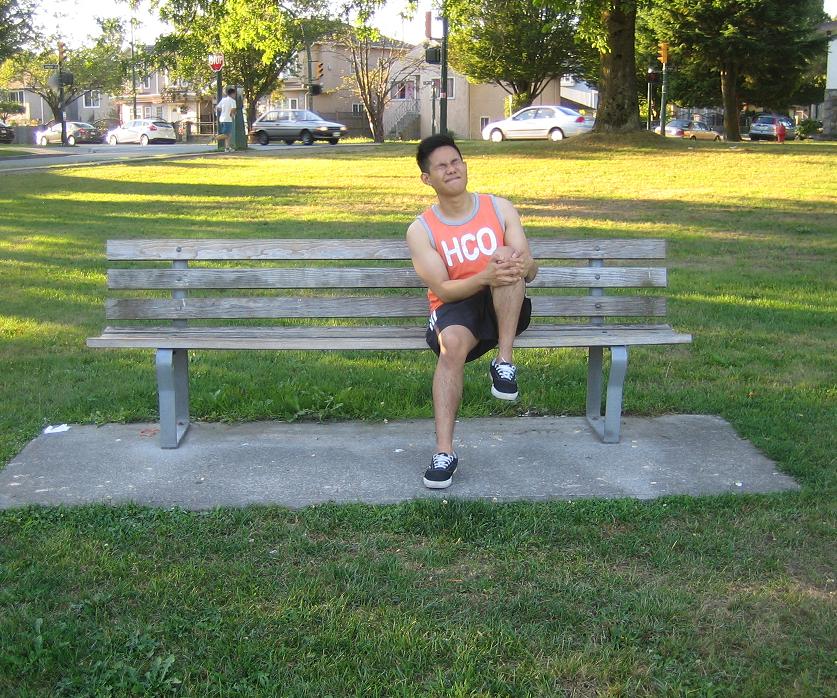Runner’s knee is a condition that causes pain around the patella or kneecap. Running usually causes runner’s knee, but any activity that causes repeated stresses on the joint of knee which include biking, walking, skiing, cycling, jumping and playing soccer can result to runner’s knee.
Causes of runner’s knee
- Overuse such as over bending of the knee can damage the nerve endings of the kneecap and over extending of the tissues that attaches the muscles to the bone or tendons.
- Direct blow to the knee or falling on the knees
- Certain areas in the body are not properly aligned caused by injuries or trauma.
- Problems of the foot such as flat feet
Difficulty in running, walking, squatting, climbing or bending the knees especially in uneven terrain. - A fragile muscles of the thigh places excessive weights in the knees
- Improper way of performing exercises that uses the leg such dancing, climbing stairs and plyometrics.
- Starting vigorous exercises very quickly and sudden increase in running mileage and wearing ill-fitting shoes when exercising.
- Being overweight
Symptoms
- Difficulty in running, walking, squatting, climbing or bending the knees especially in uneven terrain.
- Severe pain in one or both knees, sometimes it can be dull especially with movement.
- Tenderness and swelling at the back, below or spreading outward from the affected knee.
- Weakness of the knee
- Popping or clicking sound can be heard when moving the knee.
- Swelling near the knee such as redness, warmth and accumulation of fluid.
Treatment
- Take plenty of rest especially the affected leg for fast healing of the area.
- Prescribed crutches or canes to support the area, take off pressure placed on the knee and fast healing of the condition.
- Wear the prescribed splint to prevent unnecessary movements and make the area stable to prevent further damage and worsen the condition. Place a splint on the affected area and wrap with a bandage and secured using a medical tape to keep it stable.
- Apply cold compress on the affected area to lessen the pain, the swelling and risk of bleeding on first hours after the injury. Wrap ice pack in a towel or a thin cloth before placing to the area for at least 20-30 minutes every 3-4 hours for 2-3 days or pain totally disappears.
- Compress the area using compression bandage such as ACE elastic bandage wrapped around the affected leg. It stimulates proper flow of lymphatic fluid and eliminates toxic waste from cells and tissues of the body during the regeneration process of the tissue.
- Elevate the affected area above the level of the heart for proper flow of blood in the area, lessen the swelling and for fast healing of the area. When lying place, a couple of pillows under the knee to keep it elevated.
- Prescribed pain medications to lessen the pain and the swelling.
- Seek the help of the physical therapist for some rehabilitation exercises to strengthen flexibility and restore range of movement of the knees.
Disclaimer / More Information
The material posted on this page on runner’s knee is for learning purposes only. Learn to recognize the signs by taking a first aid and CPR class with one of our training providers.
FACT CHECK
https://www.healthline.com/health/runners-knee
https://www.webmd.com/pain-management/knee-pain/runners-knee#1

